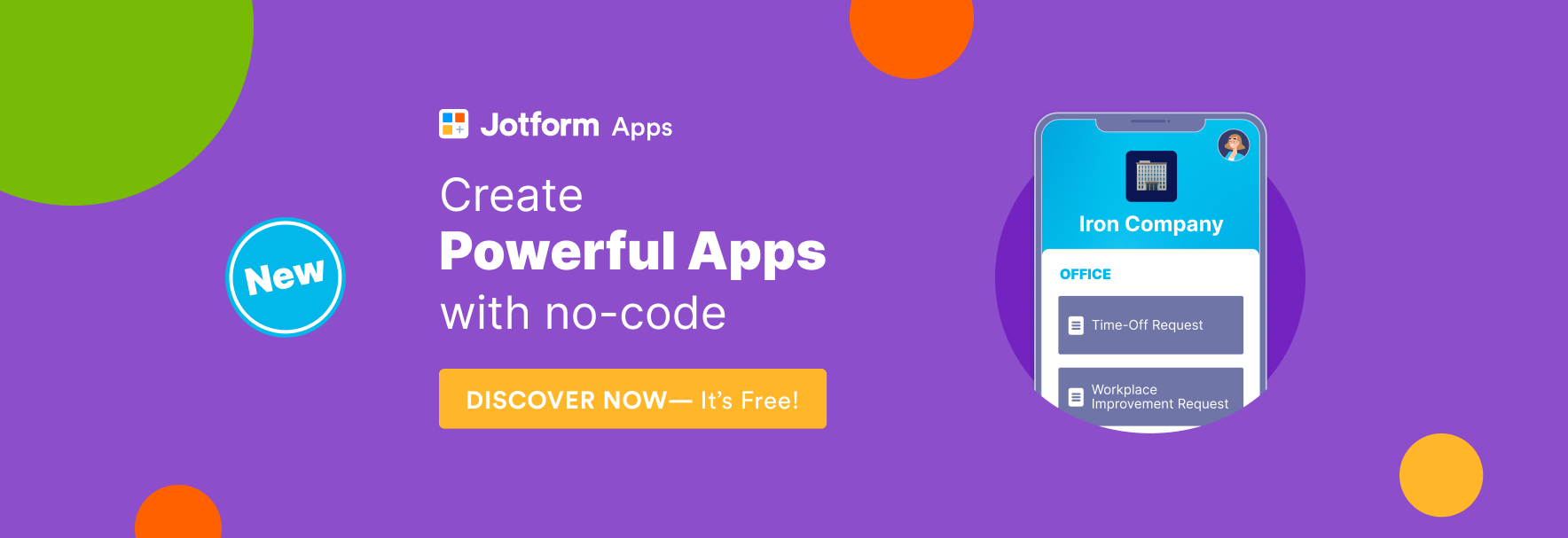How many different products do you use to solve your productivity problems? Do you ever find yourself staring at the features page of a productivity software tool, saying, “I can use Feature A, but I’ll probably never need the rest.” And you still pay for it?
We’ve all been there.
In an ideal world, every single team would have their own unique piece of software, perfectly customized to their business processes. And everybody would live happily ever after.
But reality is very different.
Talented developers are a scarce and expensive resource, so only a few big corporations have the privilege of using software built specifically for their teams and workflows. Even if you do work for one of these companies, you still have to consider an asset that you can’t spend recklessly: time.
We’ve learned a lot from our 6 million users. No two teams are identical, even if they come from the same industry.
Ever since the invention of the first compiler, the software world has thrived on innovations that make development easier. The first developers were binary coders using punch cards. It took them weeks to code the simplest algorithms.
We’ve come a long way from COBOL and Fortran to today’s integrated developer environments (IDEs), cloud computing, and innovations that people back then could have only dreamed of. Software development is now easier and more accessible, but there’s still a long way to go.
Low-code development platforms are booming, which hints at the future of software development: no-code. But before we can wrap our heads around that future, let’s discuss low-code in more detail.
“You have to know the past to understand the present.” —Carl Sagan
What is low-code?
Low-code development platforms provide developers with configuration and GUI-based tools so that they can rapidly launch new applications without doing as much coding. Making life easier for developers benefits companies in several ways:
- Shorter time to market
- Lower development costs
- Better use of internal resources
- The ability to adapt to changes faster
- More time to focus on important tasks
Let’s take a look at an example:
Mary is the head of HR at a Seattle-based computer parts company. She needs an internal tool that will help her pinpoint low performing employees so that her team can start working with those employees to get them back on track.
Once her request goes to the IT department, a business analyst working in IT asks an HR specialist about the business processes the new tool will handle. The analyst then returns to the development team with a list of technical requirements. Now the team can start building.
While a front-end developer works on the UI, the rest of the team works on building the database, documenting the API, and updating the backend, if necessary. Once everything is in place, DevOps makes sure the tool is securely hosted on the company’s cloud server. Unless HR has any issues, the IT department can mark this task complete.
If a low-code development platform was in place, a single developer could have delivered the same tool much faster and easier, using a simple GUI-based tool that has all the required components prebuilt. All the developer would have to do is drag and drop the components and fine-tune them with some coding to fit HR’s workflow.
You may think this solves the problem, but this approach doesn’t solve the root cause behind the issue — the scarcity and expense of talented developers. Low-code development platforms speed up work, but they still require expensive and hard-to-find developers.
According to market research firm Gartner, “Market demand for app development will grow at least five times faster than IT’s capacity to deliver it.”
What is no-code?
The trend that started with punch cards and today brings us low-code development is gradually democratizing software development. And what does the future hold?
No-code development.
No-code development platforms are drag-and-drop environments with prebuilt modules made for users who have no coding knowledge.
Like Jotform.
With these no-code platforms, users can build full-fledged applications for their unique workflows without assistance from IT.
Consider Mary’s use case. With a no-code development platform, one of her HR specialists could’ve built the same tool, and the IT department could have focused on other tasks.
In addition, Mary had an IT department that she could go to for help. What if you worked for a company with a smaller budget and no IT team? You’d have a much harder time achieving the same outcome Mary did. You’d have to hire someone or look for products online. If you were extremely lucky, you’d be able to find a single productivity tool that solved your problem.
But every workflow and business process is unique in some way. And constraints like budget, time to market, and the ability to adapt to change are very real. Which means there isn’t one software solution that can meet every single requirement.
What we need is a no-code software development platform. As more and more tools adapt to this approach, we’ll start to see a gradual shift in new products, UX practices, and even the way companies operate.
In the 2020s, everybody will become a maker, and the web as we know it will change.
Jotform is already in this game and is the perfect example of a no-code platform. We help millions of users perform unique workflows every day.
Every Jotform user is a maker. Without any prior coding knowledge, our users can launch their summer camp registration applications, build employee performance tools, manage their church membership, collect signatures, build contract generation tools for their real estate business — there are too many examples to list.
It’s great that the world is adopting the no-code approach, and we’re proud to put users first, helping them be more productive with less cost, fuss, and time.






































































































Send Comment:
1 Comments:
More than a year ago
Great post, Bulut!